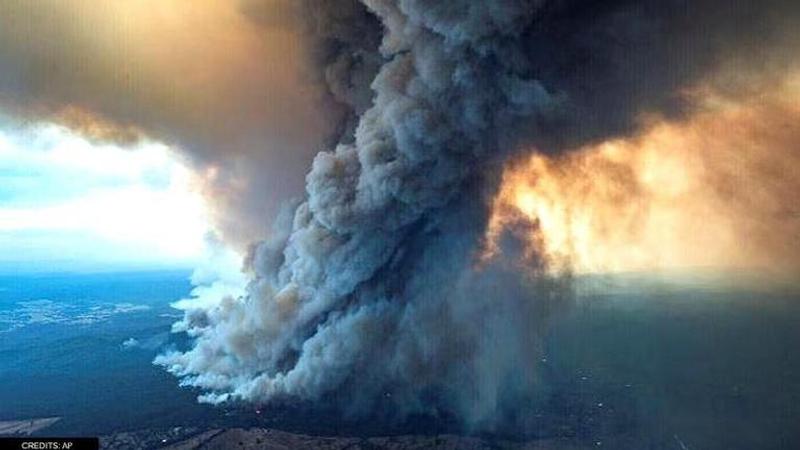Published 14:36 IST, September 16th 2021
Australian wildfires triggered massive algae bloom in Antarctic Ocean, reveals study
The peer-reviewed study, which was published in Nature on September 15 is the first to definitively link pyrogenic—or fire-made—iron particles from a wildfire

The clouds of smoke and ash from wildfires that ravaged Australia in 2019 and 2020 generated massive algae blooms thousands of miles downwind to the east, a new Duke University-led study by an international team of scientists indicates.
The peer-reviewed study, which was published in the journal Nature on September 15, is the first to definitively link pyrogenic—or fire-made—iron particles from a wildfire to a large-scale reaction in marine life.
Wildfires linked with ocean algae blooms
The study demonstrates that microscopic iron aerosol particles in windborne smoke and ash fertilised the water as they fell into it, providing nutrients to drive blooms on a scale previously unseen in the region.
The finding raises exciting new concerns regarding the function of wildfires in promoting the growth of microscopic marine algae known as phytoplankton. This algae absorbs vast amounts of climate-warming carbon dioxide from the atmosphere through photosynthesis and forms the foundation of the oceanic food web.
The researchers tracked the distribution of pyrogenic iron aerosols from the Australian wildfires and measured their impacts on marine productivity using satellite data, robotic ocean floats, atmospheric transport modelling, and atmospheric chemistry measurements.
“Our findings show that pyrogenic iron from wildfires can fertilise the oceans, potentially leading to a considerable increase in carbon uptake by phytoplankton” said Nicolas Cassar, a biogeochemistry professor at Duke University's Nicholas School of the Environment. According to him, the algal blooms caused by the Australian wildfires were so large and strong that the following increase in photosynthesis could have temporarily offset a significant portion of the fires' CO2 emissions. However, it's unknown how much of the carbon absorbed by that event, as well as algal blooms generated by previous wildfires, is safely stored in the ocean and how much is released back into the atmosphere.
Large wildfires, such as the record-breaking blazes that ravaged parts of Australia between 2019 and 2020 and the fires currently raging in the western United States, Siberia, the Amazon, the Mediterranean, and elsewhere, are expected to become more common as a result of climate change, according to Weiyi Tang, a postdoctoral fellow in geosciences at Princeton University and a doctoral candidate who co-led the study. He further explained, "These fires indicate an unanticipated and hitherto under-documented impact of climate change on the maritime environment, with possible feedbacks on our global climate."
Image: AP
Updated 14:36 IST, September 16th 2021




